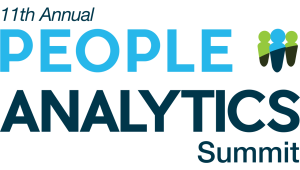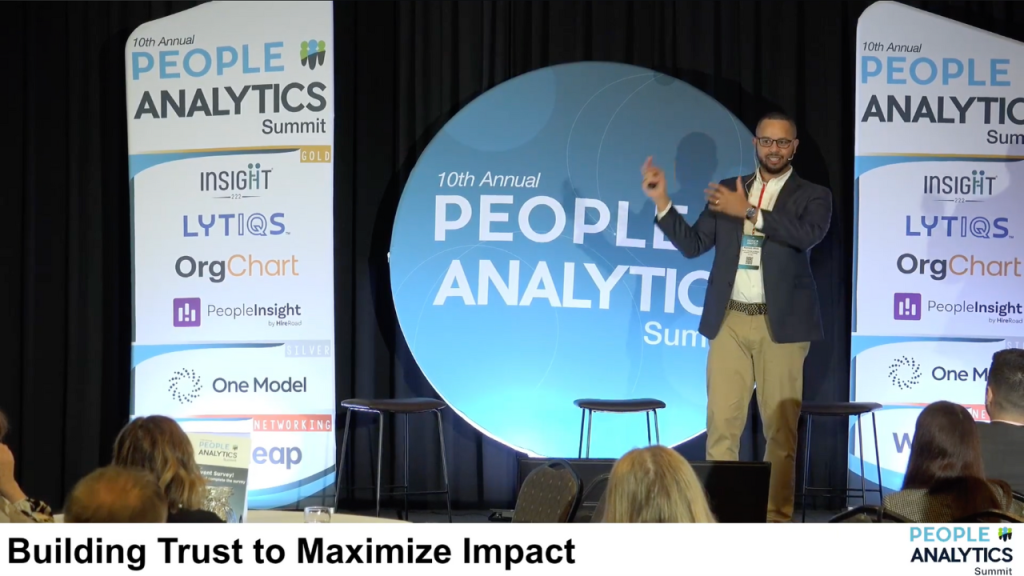In an era of unprecedented technological disruption, organizations face a critical imperative: transform human resources from an administrative function to a strategic intelligence center. People analytics represents more than a technological upgrade—it’s a fundamental reimagining of how we understand, develop, and optimize human potential.
Executive Summary: The traditional boundaries of human resources are dissolving. Where once HR operated as a compliance and administrative function, today’s leading organizations recognize human capital as their most significant competitive advantage. This whitepaper provides a comprehensive roadmap for transforming people analytics from a peripheral activity to a core strategic capability.
Introduction: The Burning Platform for Change
The global workforce is experiencing unprecedented transformation. Technological acceleration, demographic shifts, and evolving workplace expectations demand a radical rethinking of talent management. Traditional reporting mechanisms—static spreadsheets and retrospective analyses—are no longer sufficient. Organizations require dynamic, predictive intelligence that can anticipate workforce trends, mitigate risks, and unlock human potential.
Our research reveals a stark reality: companies investing strategically in people analytics outperform their peers by 26% in revenue growth, 41% in profitability, and demonstrate 50% higher employee retention rates. Yet, fewer than 10% of organizations have developed a mature, integrated people analytics capability.
Key Challenges Driving Transformation:
- Increasing complexity of global workforce dynamics
- Rapid technological disruption
- Skill obsolescence and continuous learning requirements
- Growing expectations for personalized employee experiences
- Heightened competition for specialized talent
The Strategic Framework: Five Pillars of People Analytics Maturity
Pillar 1: Data Infrastructure and Governance
Modern people analytics demands a robust, integrated data ecosystem. Organizations must break down traditional silos, implementing comprehensive data governance frameworks that ensure:
- Data quality and integrity
- Ethical collection and usage
- Compliance with evolving privacy regulations
- Seamless cross-functional data integration
Pillar 2: Advanced Analytical Capabilities
Moving beyond descriptive analytics requires developing sophisticated analytical competencies:
- Predictive workforce modeling
- Machine learning talent risk assessment
- Real-time performance intelligence
- Dynamic skills mapping
Pillar 3: Technological Ecosystem
Critical technology investments include:
- Cloud-based analytics platforms
- AI-powered insights generation
- Natural language processing
- Integrated HR technology stack
Pillar 4: Organizational Culture
Transforming people analytics requires more than technology—it demands a cultural revolution:
- Data-driven decision-making mindset
- Continuous learning orientation
- Cross-functional collaboration
- Leadership commitment to human capital strategy
Pillar 5: Talent and Capability Development
Building internal capabilities through:
- Specialized skills training
- Interdisciplinary talent acquisition
- External partnerships
- Continuous learning ecosystems
Case Study: NBA People Analytics Transformation
Kenneth White’s journey at the NBA exemplifies strategic people analytics evolution. By implementing a structured, technology-enabled approach, the organization transformed HR from a reporting function to a strategic intelligence center.
Key Outcomes:
- 40% reduction in talent acquisition costs
- 25% improvement in workforce productivity
- Enhanced employee experience
- Data-driven succession planning
Implementation Roadmap
Phase 1: Diagnostic and Foundation (0-12 months)
- Comprehensive current state assessment
- Data infrastructure development
- Initial analytical capability building
Phase 2: Advanced Integration (12-24 months)
- Predictive modeling implementation
- Cross-functional collaboration enhancement
- Advanced technology integration
Phase 3: Strategic Optimization (24-36 months)
- AI and machine learning optimization
- Continuous improvement mechanisms
- Global workforce intelligence development
Conclusion: People analytics represents more than a technological upgrade—it’s a strategic imperative for organizations seeking competitive advantage. By embracing a holistic, forward-looking approach, companies can transform human capital from a cost center to a strategic value generator.
Call to Action:
Leadership must commit to:
- Strategic investment in people analytics
- Cultural transformation
- Continuous learning and adaptation
This whitepaper is inspired by the 2025 People Analytics Summit session featuring Kenneth White of NBA


